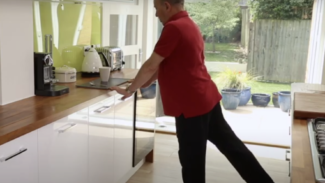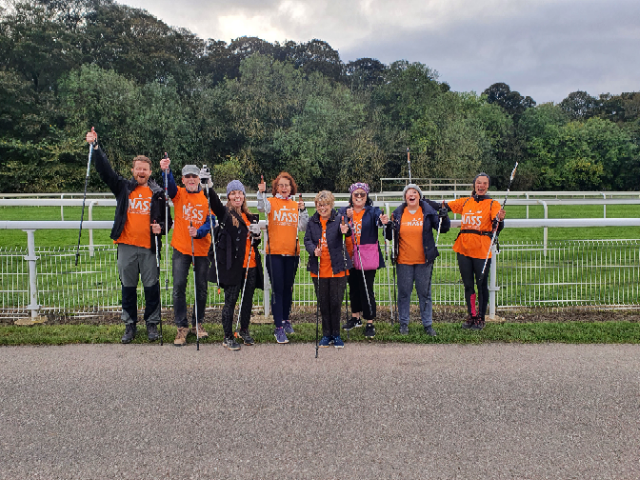
Streches for your daily life
Fit some simple stretches into your daily life
Watch the videos
The benefits of walking
This information is for anyone with axial spondyloarthritis (axial SpA), including people with ankylosing spondylitis.
It’s an excellent low impact way of toning your muscles as well as burning some calories.
You can set your own pace with walking according to how you feel day to day and can build up to a full day’s hike if you choose.
Nordic walking is a much more intensive workout than normal walking and has many health benefits. It uses specially designed poles with a technique similar to the upper body action of classic cross country skiing. The result is a full body workout, without putting any stress on the joints.
In Nordic walking:
It’s important to choose the correct pole length for your height. To work out pole length you multiply your height in centimetres (cm) by 0.68 and then round it up to the nearest 5cm.
It’s also recommended that you take a training course with either British Nordic Walking or Nordic Walking UK.
Watch our Nordic Walking video for an introduction and advice.
Golf can help to maintain your fitness simply through the amount of walking involved. Some golf courses can mean you walk up to 4 miles!
Golf also helps to maintain both spinal and shoulder range of movement and it also works your core stability.
Although it is a low impact sport, it is important that you do a good warm up before you play a round of golf, and perform stretches at the end of the round in the opposite direction to which you swing your golf club. If you play golf 2 to 3 times a week, additional stretches should include a focus on your shoulders, spine and arms.